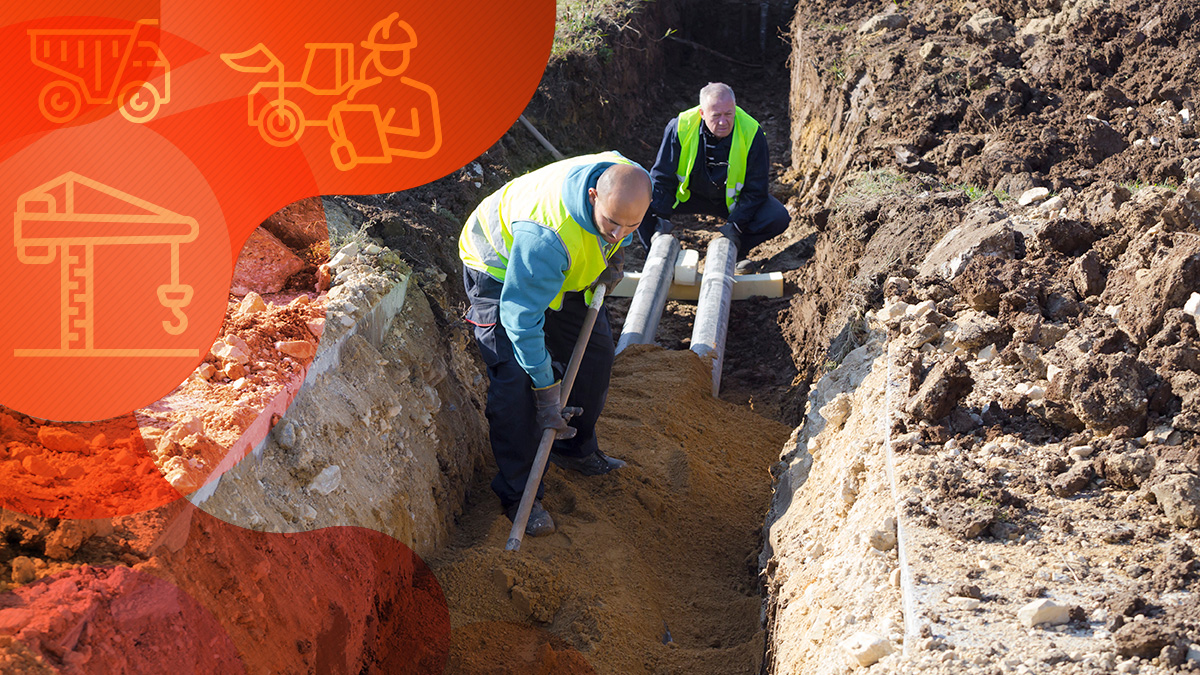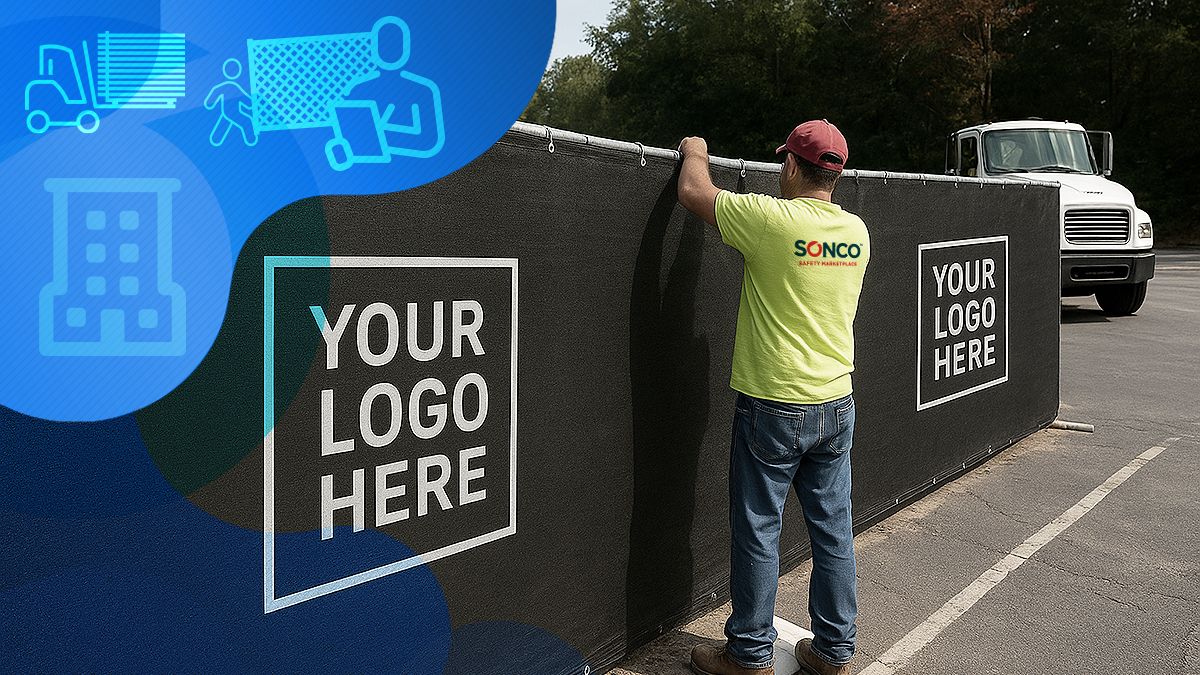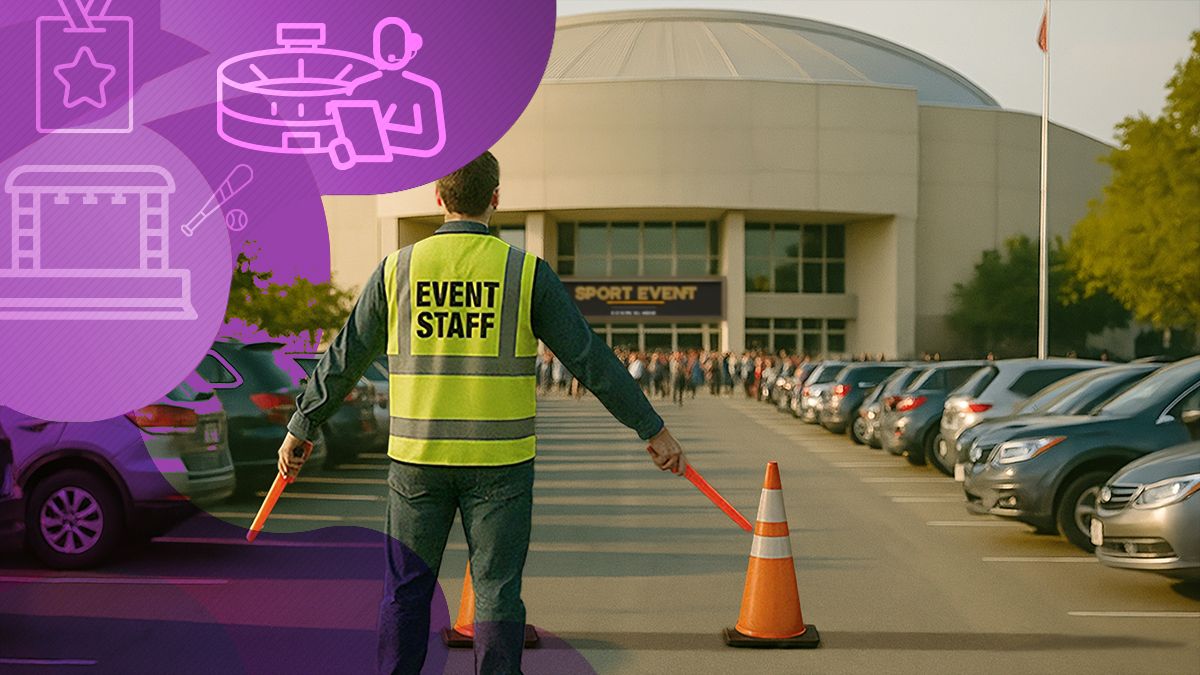Trenching and Excavation Safety Hazards
Stay safe while digging deep—explore trenching hazards and best practices to keep your team protected.

Trenching is essential for many construction projects, but it comes with significant risks for workers and even for bystanders, if the trench is not properly covered. The main hazards of trenches include potential for falls and collapse. OSHA reports that 22 workers were fatally injured in 2022 due to trench-related hazards.
While trenches can be dangerous, following OSHA standards and best practices can help your construction business dig safely and minimize the risk of workplace accidents.
What is Trenching in Construction?
A trench is a type of excavation that is deeper than it is wide, more narrow than it is long, and generally with a width not exceeding 15 feet. Trenches are used when laying pipes and cables, installing sewers and telephone wire. Trenches are dug when installing drainage lines and may be necessary when installing electric lines in urban areas.
Types of Trenches
There are different types of trenches, determined by the trench shape. The type of trench you dig will depend on the purpose of the trench, soil quality, proximity to buildings and other factors.
Most trench styles are named after the shape of the trench. Some examples of trench types include:
- Sloped trench. A sloped trench is a trench with angled sides that slope inward toward the middle. These trenches are typically used for installing large pipes on construction sites.
- Straight trench. A straight trench is a trench with straight, parallel sides and right angles at the base.
- Bell-bottom pier hole. These trenches are bell-shaped, with a narrow top and a wider bottom.
- Benched trenches. Benched trenches have sides that have been formed into steps leading down to the trench floor.
The Risks of Trenching and Excavation
Trenching and excavation come with a variety of hazards that can endanger workers. Below are some of the most significant risks:
- Cave-ins. Cave-ins happen when trench walls become unstable. Cave-ins can bury workers. This is the leading cause of fatalities in trench-related incidents.
- Vehicle drive-in. Trenches found in active job sites where workers drive tractors, dump trucks, and other vehicles. Often, drivers of these vehicles have an obstructed view. During accidents, drivers may drive into the trench, causing injury to themselves and others.
- Falls. Trenches can be very deep, and often workers are positioned near the trench opening, where they can be vulnerable to falls. Even if it's only a piece of equipment hat falls into a trench, it can injure anyone working there.
- Damage to utilities. Excavators sometimes strike plumbing, gas, and electrical lines, doing damage to utilities and causing gas leaks or even electrocution.
- Hazardous environment. Trenches can have depleted oxygen levels, a potentially lethal hazard for workers.
OSHA Regulations and Safety Requirements
OSHA trench requirements help construction managers and foremen protect themselves and workers around trenches. OSHA recommends all trenches have sloped or benched walls, or that walls are shored with supports, or shielded with trench boxes.
Taking these steps can prevent trench walls from caving, protecting workers from related injuries or possible fatalities.


In addition, the following can help protect your workers from trench-related injuries on the jobsite:
- Inspect trenches before use. Inspect trenches before starting the work day. Look for standing water and if the trench exceeds 4 feet in depth, perform tests for atmospheric hazards, like a lack of oxygen at the bottom of the trench. Never enter a trench until it is properly inspected.
- Ensure safe point of entry and exit. Train workers to use the safe point of entry and exit.
- Protect the trench edge. Store equipment and tools at least two feet away from the trench edge. Install safety signs near the trench, and install a barrier around the perimeter if possible.
- Direct traffic. Position a flagger or flaggers near your trench to direct traffic when vehicular traffic is in the area.
- Know the soil composition. Consult with a professional engineer to analyze the soil composition before digging a trench. This will help you determine what type of trench to build and whether to use shields or supports to prevent a cave-in.
Staying compliant with OSHA rules can protect your workers, protect your business, and help keep your workers' comp premiums as low as possible.
Best Practices for Trenching and Excavation Safety
If your construction business is new to trenching and excavation, these best practices can help you get started and maintain a safe work environment.
Perform a Site Assessment
Before digging the trenches, a site assessment will help you assess the quality of your soil and the surrounding environment before digging a trench. Once the site assessment has been performed, you can determine the trench dimensions and whether to use trench boxes, shielding, or shoring.
Familiarize Yourself with Protection Systems
Unless your trench walls are sloped, using the right protection system - whether shielding or shoring - is essential for maintaining a safe trench.
- Shoring. Trench shoring uses hydraulic supports to prevent cave-ins.
- Shielding. Shielding protects workers from cave-ins with structures like trench boxes.
If using a manufactured product, follow all manufacturer instructions to stay safe.
Train Workers & Supervise When Workers are Present
Establish safety protocols for your workers. Work with your safety professional or hire an outside consultant to establish OSHA-compliant protocols. Once protocols are in place, train workers and provide follow-up training as needed.
Daily safety meetings can help keep this information fresh in workers' minds. Finally, supervise all workers to ensure that they're meeting expectations and following established procedures.
Monitor Trench Conditions
In addition to performing daily checks of your trench, do in-depth checks periodically to ensure your trench remains stable. Check for environmental conditions, sliding or destabilizing of trench walls, and other factors.
Common Methods for Covering Trenches
Trenches need to be covered when workers are not present. Traditionally, trenches have been covered with materials like steel plates or plywood. These materials are often heavy and some even require equipment for lifting.
Steel plates can rust, while plywood may become rotten or soft over time. It's important to inspect trench covers periodically to ensure that the covers remain stable.
Composite Trench Covers
Lightweight composite trench covers offer a modern alternative to traditional options. These trench covers are modular, which allows them to cover trenches of various widths, and are not susceptible to damage from rain or exposure to moisture.


They're strong enough to support heavy vehicles and have sloped edges for an easy transition. Composite trench covers, like the LowPro 23/05, have features that help keep them in place without cold patches, are reusable, and can be deconstructed for easy storage.
Traditional trench covers have served construction companies for decades and can continue to be used, but construction companies that frequently dig trenches are increasingly opting for composite trench covers due to their convenience and extended lifespan.
PPE: The Final Layer of Protection
As with nearly any construction site, personal protective equipment (PPE) is the final layer of protection for workers and is the critical last line of defense.
Proper use of PPE for your trenching operation can protect individual workers from injuries, if strong PPE protocols are in place.
There are many forms of PPE that your construction company should use to protect workers. More research and expanded information can be found in this recent article about personal protective equipment regulations.
Trend now

Fence Privacy Screen: The Missed Revenue for Rental Companies
Grow profits by over 100% with fence privacy screens. See the numbers, customer benefits, and how SONCO makes it simple.

Greener Shows, Greater Impact: Sustainability in the Live Music Industry
In a competitive market where experience and perception impacts attendance, sustainability is a business advantage as well as a moral responsibility.

Parking Lot Safety Tips for Venues and Arenas
A safe and efficient parking lot sets the tone for the entire event experience, starting from the moment guests arrive.





